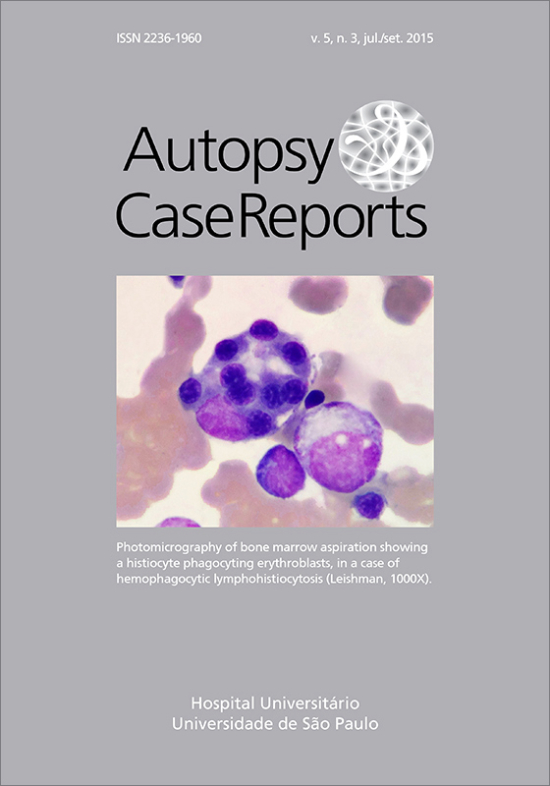The pedagogical value of autopsy
Abstract
Knowledge of human anatomy was acquired through dissections of the human body that may have begun as long as 4000 years ago, in Babylonian times. Later documentation was in Egyptian times (3000 BC-1600 BC), as exemplified with the Ebers and other papyri. Around 300 BC, the Greek physician, Herophilus (335-280 BC), wrote a treatise on human anatomy and Erasistratus (304-250 BC), his student and colleague at the medical school of Alexandria, produced the first description, albeit brief, of liver cirrhosis observing that the liver of a man who died with anasarca (“hydrops”) was “as hard as a rock”, contrasting it with the soft consistency of the liver of another man who died from the bite of a poisonous snake. This description is evidence of Erasistratus’s ability, based on observation, to correlate the diseased organ with the consequence of its involvement and may be the first example of a clinicopathological correlation.
Downloads
Downloads
Published
Issue
Section
License
Copyright
Authors of articles published by Autopsy and Case Report retain the copyright of their work without restrictions, licensing it under the Creative Commons Attribution License - CC-BY, which allows articles to be re-used and re-distributed without restriction, as long as the original work is correctly cited.



